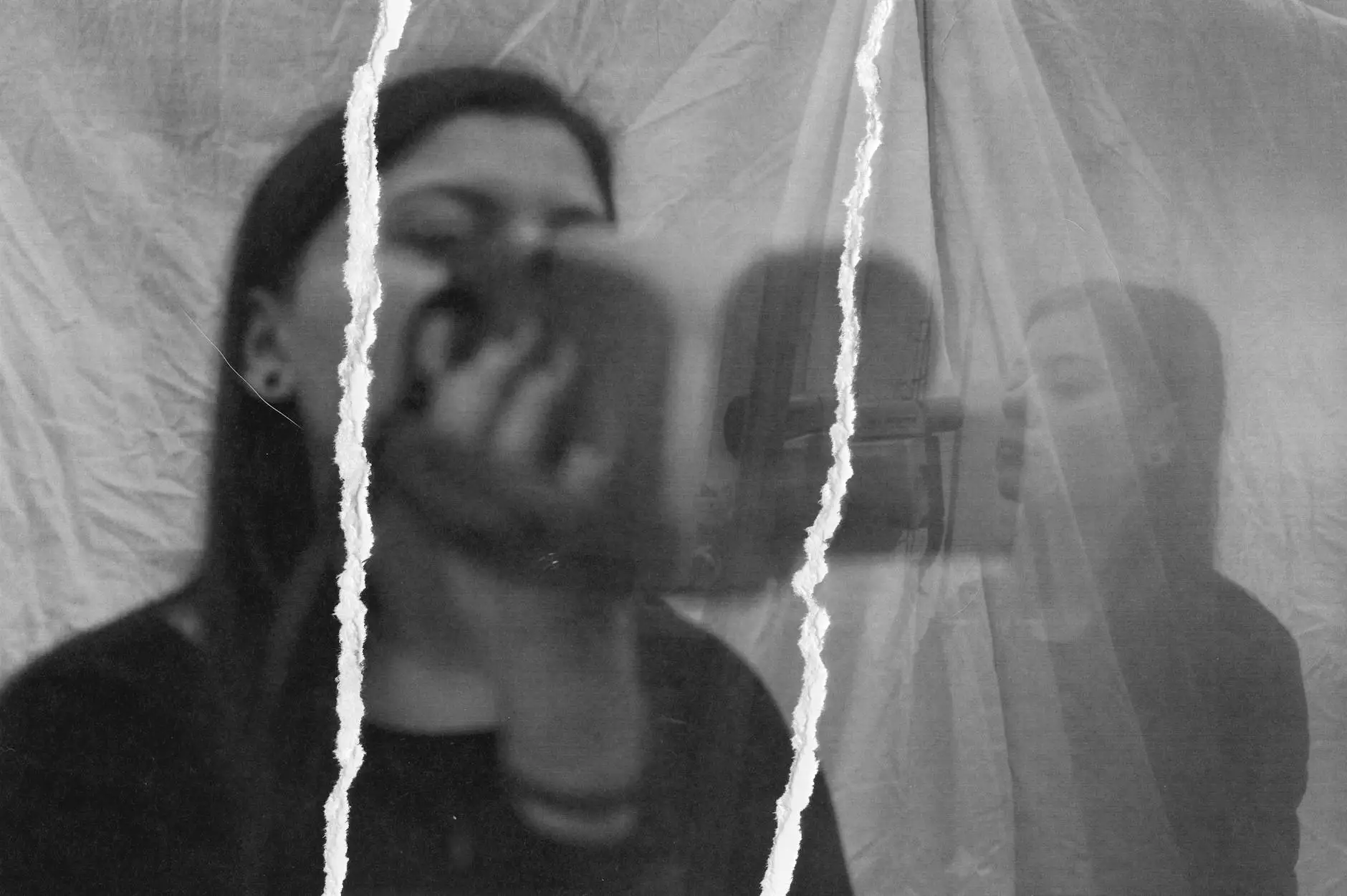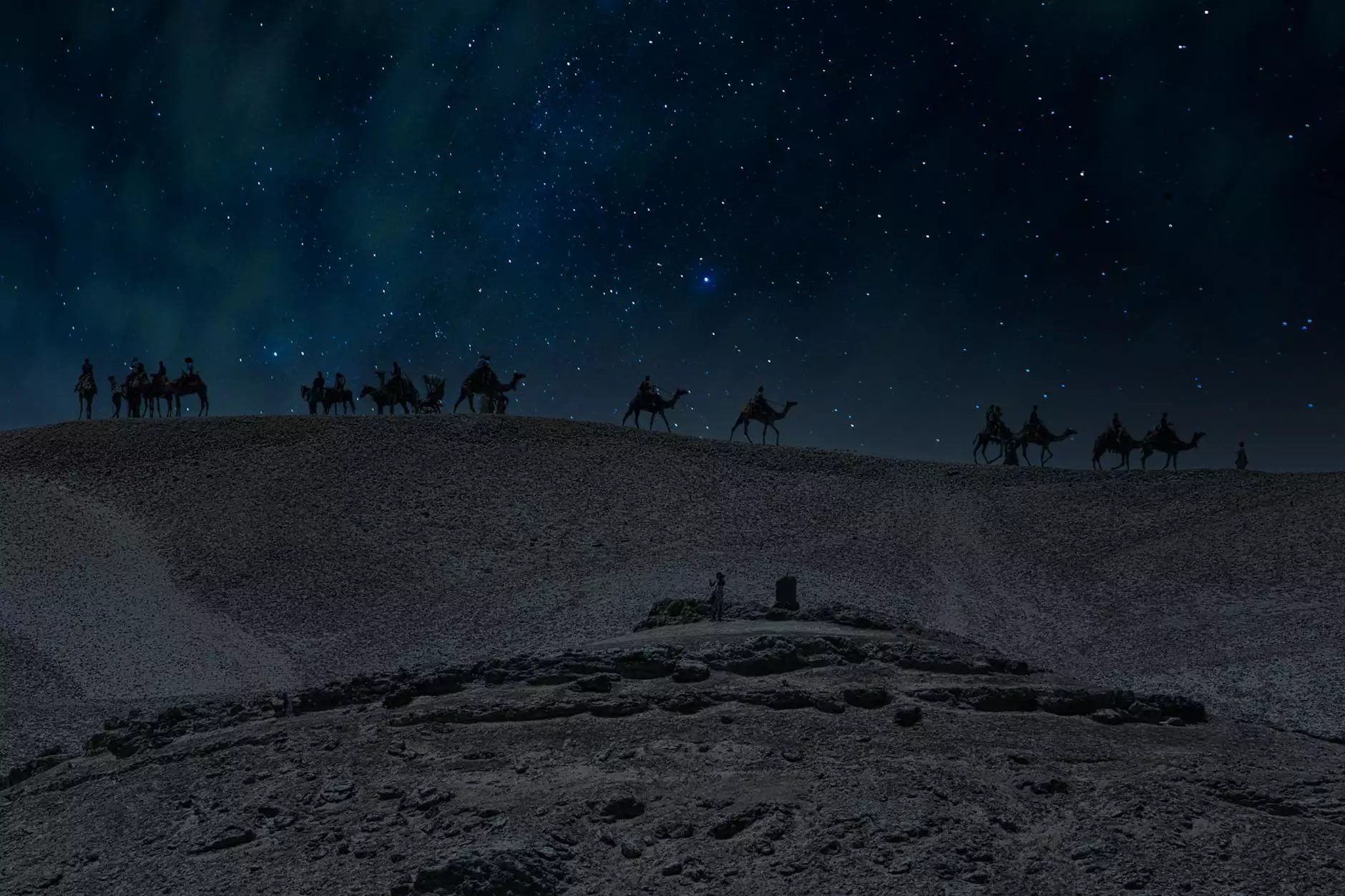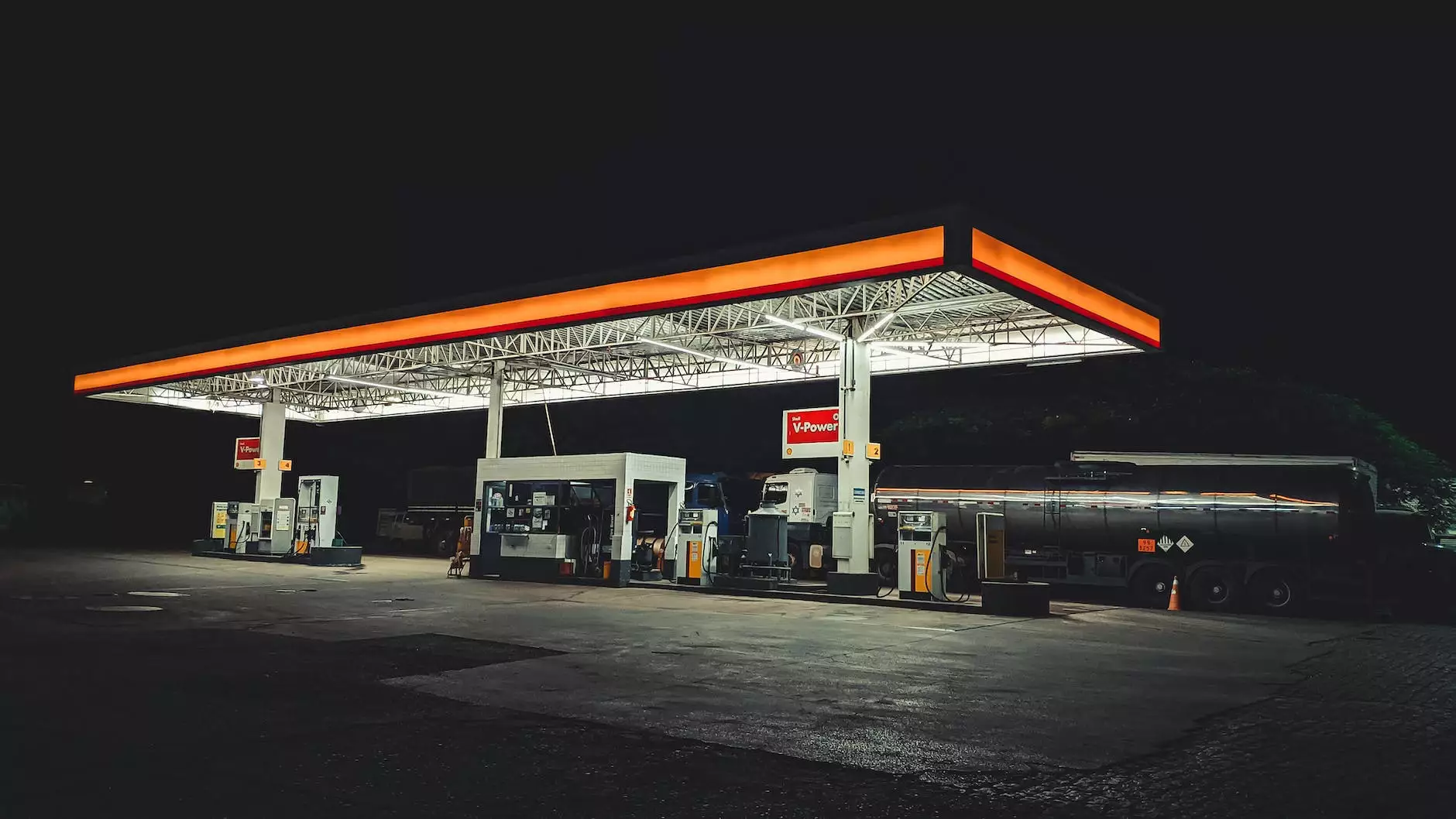The Art of Shooting a Timelapse Video for Advertising and Film Production

In the ever-evolving world of advertising and film production, captivating visual content has become a necessity. One technique that has gained significant popularity is shooting a timelapse video. With its ability to compress time and showcase intricate movements, timelapse videos have the power to mesmerize viewers and leave a lasting impact. In this article, we dive deep into the process of shooting a timelapse video, exploring the various considerations and techniques to help you create stunning visual content that stands out.
Understanding the Basics
Before we delve into the technical aspects of shooting a timelapse video, it's important to understand the concept behind it. A timelapse video is created by capturing a sequence of individual frames at a slower rate than they will be played back. When these frames are stitched together and played at a normal speed, time appears to be moving faster, resulting in a mesmerizing effect.
Choosing the Right Equipment
To create a high-quality timelapse video, you need the right equipment. Here are some must-haves:
- Camera: Invest in a DSLR or mirrorless camera that allows manual control over settings such as shutter speed, aperture, and ISO. This level of control is essential for capturing consistent frames throughout the entire sequence.
- Sturdy Tripod: Stability is crucial when shooting a timelapse video. A sturdy tripod will ensure minimal camera movement, resulting in sharp and smooth footage.
- Intervalometer: An intervalometer is a device or feature that allows you to set the time between each frame capture. This ensures precise timing and consistency throughout the sequence.
- Extra Batteries and Memory Cards: Timelapse videos require capturing a large number of frames over an extended period. Having spare batteries and memory cards will ensure you don't miss any crucial shots.
Planning and Location Scouting
Before embarking on your timelapse shooting adventure, careful planning and location scouting are essential. Consider the following:
- Subject: Determine what you want to capture in your timelapse video. It could be a bustling cityscape, a scenic sunset, or the construction of a building.
- Composition: Pay attention to the overall composition of your shot. Consider the rule of thirds, leading lines, and any elements that can add depth and interest to your video.
- Lighting: Understand how the lighting conditions will change throughout the shooting period. Consider the golden hour for stunning natural light, or plan for artificial lighting if shooting at night.
- Obstacles: Be aware of any potential obstacles that may interfere with your shot. It could be moving objects, construction work, or even weather conditions.
Camera Settings and Techniques
Now that you have your equipment ready and have scouted the perfect location, let's explore the essential camera settings and techniques for shooting a timelapse video:
Manual Mode
Switch your camera to manual mode to have full control over all the settings. This ensures consistency throughout the entire sequence and avoids inconsistencies caused by automatic adjustments.
Aperture and Shutter Speed
Choose an appropriate aperture setting based on your composition and desired depth of field. For most timelapse videos, an aperture between f/8 and f/16 works well. Experiment and adjust according to your specific needs.
When it comes to shutter speed, aim for a slightly longer exposure than usual to capture smooth movements. However, be mindful of any moving elements in your frame. A shutter speed between 1 and 5 seconds is often a good starting point.
ISO and White Balance
Set your ISO to the lowest native value of your camera (usually ISO 100) to minimize noise and ensure the highest image quality. Adjust the white balance according to the lighting conditions of your location or use a custom white balance setting for more accurate colors.
Continuous Shooting and Interval
Configure your camera to continuous shooting mode to capture a series of images without having to press the shutter release button manually. Set a suitable interval between each shot using your intervalometer or camera's built-in interval shooting feature. The interval will depend on the desired speed of your final timelapse video and the duration of the film.
Post-processing and Editing
Once you've completed your timelapse shoot, it's time to unleash your creativity in the post-processing stage. Here are some steps to elevate your timelapse video:
Image Sorting and Selection
Review all the captured frames and select the best ones for your timelapse video. Look for consistency in exposure, composition, and overall visual appeal. Discard any frames that do not meet your quality standards.
Editing Software
Use professional editing software such as Adobe Premiere Pro, Final Cut Pro, or LRTimelapse to import and edit your timelapse sequence. These software options offer powerful tools to enhance your footage, adjust colors, stabilize shaky footage, and add creative effects if desired.
Adding Motion and Effects
If you want to add more dynamic movement to your timelapse video, consider using software plugins for motion control and camera panning effects. These techniques can add an extra layer of visual interest to your final product.
Audio and Music
Don't underestimate the impact of well-chosen music or ambient sounds. Consider adding appropriate audio elements to enhance the viewer's experience and evoke the desired emotions.
Using Timelapse Videos in Advertising and Film Production
Timelapse videos offer unique storytelling opportunities and can significantly enhance your advertising and film production projects. Here are a few ways to leverage the power of timelapse videos:
Creating Engaging Advertisements
In the world of advertising, capturing and retaining attention is crucial. A well-crafted timelapse video can instantly captivate viewers and make your brand stand out. Use timelapse videos to showcase product manufacturing processes, construction progress, or highlight impactful moments that communicate your brand's message effectively.
Enhancing Film Production Projects
Timelapse videos add a dramatic and cinematic touch to film production. Whether it's used to depict the passage of time, establish a sense of environment, or showcase natural wonders, incorporating timelapse footage can elevate the overall production value and immerse the audience in a visually stunning experience.
Conclusion
Shooting a timelapse video requires a blend of technical knowledge, artistic creativity, and careful planning. By mastering the techniques mentioned in this article and leveraging the power of timelapse videos, you can create visually captivating content that engages your audience and helps your business shine in the competitive landscape of advertising and film production.
Ready to create your own timelapse masterpiece? Start by selecting the right equipment, scouting the perfect location, mastering camera settings, and unleashing your creativity in post-processing. Embrace the captivating nature of timelapse videos and take your visual storytelling to new heights.
Remember, at Bonomotion, we are passionate about video/film production and advertising. Contact us today to discover how our expertise can help you create captivating timelapse videos that captivate your audience and elevate your brand.



